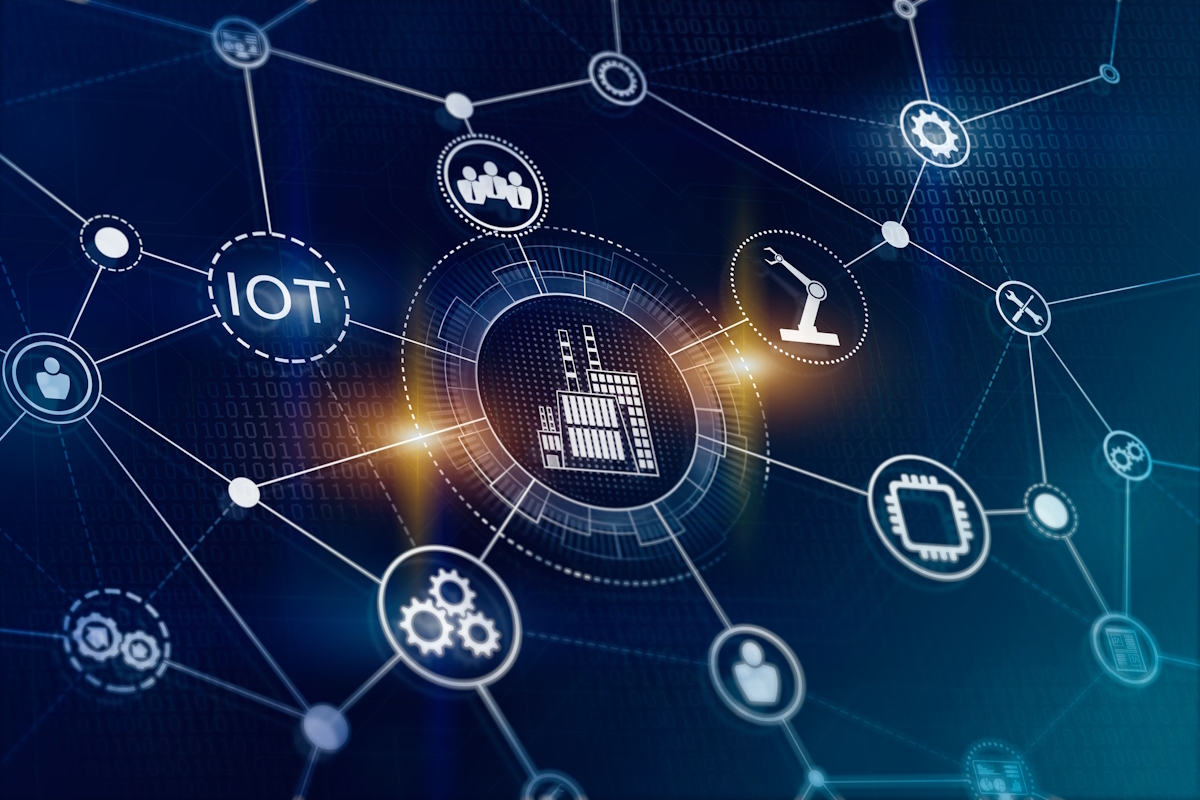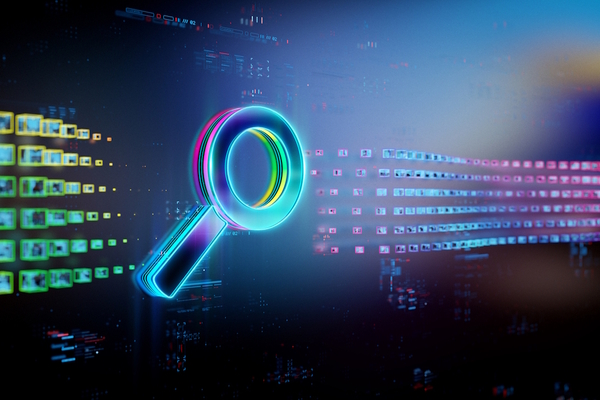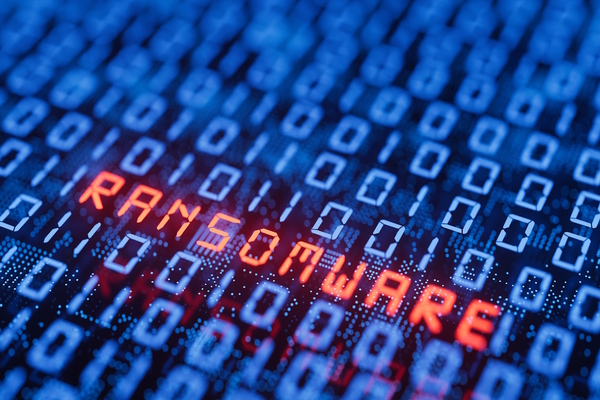AI and ML in intelligent and trusted IoT systems

The Internet of Things is constantly evolving. Sam Colley at G+D describes how artificial intelligence is delivering more efficient, sustainable and trusted IoT systems
Artificial intelligence (AI) and machine learning (ML) are revolutionising industries across the board, with the Internet of Things (IoT) standing out as one area where they are delivering significant value. By enabling real-time analysis of vast datasets, these technologies are turning IoT systems into intelligent, autonomous solutions that streamline operations, enhance decision-making and optimise efficiency.
However, as IoT ecosystems grow more complex, their success depends on a critical factor: the integrity of the data that drives them, which is essential to fully realise the potential of AI and IoT. Emerging technologies, such as blockchain, eSIM, and advanced cryptography, are now addressing these challenges, paving the way for IoT systems are both intelligent and secure.
Smarter IoT systems
AI and IoT are an ideal match for a number of reasons. For example, one of the most impactful applications of AI in IoT is predictive maintenance. Instead of relying on scheduled maintenance or waiting for equipment to break down, ML algorithms can continuously analyse data from IoT sensors to identify patterns and predict when corrective maintenance is required. This helps to minimise any potential downtime and reduce operational costs, which is especially valuable in applications such as smart lighting, traffic management and connected vehicles.
Similarly, ML algorithms are improving energy management in smart grids by acknowledging patterns and efficiencies and using this data to optimise energy use, reduce waste and lower costs. This is especially beneficial as organisations fall under greater pressure to be more sustainable and contribute effectively to net zero targets. Edge computing, which is improving IoT performance by processing data closer to the source, is also set to be improved by AI and ML technologies, enabling edge devices to make more complex decisions.
These benefits highlight the power of AI and IoT working together, but their effectiveness at managing these applications depends on accurate and secure data. Any compromise in data integrity can lead to inaccurate, unreliable and even inaccessible information when it is most needed, leading to flawed and inefficient decisions.
The importance of data integrity
AI-driven decision-making is only as good as the data that fuels it, and with IoT ecosystems heavily interconnected and reliant on multiple devices, any adverse impact on data in one solution can undermine the decision-making capabilities in others. To mitigate these risks, data integrity must be a priority.
Emerging digital security technologies are now addressing this challenge by digitally signing validated data and protecting it with state-of-the-art blockchain technology. Blockchain, with its decentralised nature, provides a robust layer of security that prevents any unauthorised alterations to AI-driven data, thereby enhancing the trust within IoT ecosystems
Every IoT data packet can be signed at the source using digital signatures from SIM, eSIM or iSIM solutions. eSIM and iSIM solutions are particularly suited to IoT technology because of their consistent and reliable cellular connectivity. Provisioning simplifies their deployment and lifecycle management in connected IoT devices, and data can be sent from these SIMs easily before its collection and analysis. These SIMs feature Tamper Resistant Elements, preventing physical tampering with devices and therefore ensuring that data remains unaltered.
Additionally, eSIMs and iSIMs are secured with the highly-secure SGP.32 Remote SIM Provisioning (RSP) technology, which is a stronger and more reliable IP-based protocol. It features strong authentication, encryption and data integrity protocols, and can be managed on a central platform. SGP.32 and other new GSMA standards allow for fewer stock keeping units within IoT devices, allowing manufacturers to focus on aspects such as security, access, interoperability, scalability and data integrity.
AI-induced vulnerabilities
With IoT devices made more secure by eSIM and iSIM technologies, the next step is securing AI. As AI becomes more sophisticated, it also introduces new potential vulnerabilities in IoT systems. Complex AI algorithms could be exploited by cyber criminals to manipulate the data or the AI itself, leading to compromised decision-making. To help address this concern, another digital security measure that goes beyond traditional data protection techniques is elliptic curve cryptography (ECC).
ECC utilises pairs of public and private keys to encrypt and decrypt data. While the public key is accessible to other parties, the private version is only accessible to the sender and receiver. The mathematical complexity of elliptic curves makes it harder for attackers to break the system, even with advanced computational resources.
ECC is highly efficient, and smaller key sizes can be used to achieve strong encryption and maintain data integrity. This is highly beneficial in environments where devices may have limited computational power and minimal processing capability, such as embedded systems, smart sensors and wearable devices. This type of cryptography underpins many blockchain platforms, making it scalable for modern applications.
Advanced cryptographic techniques and blockchain technology can create a comprehensive security framework that safeguards both the data and the AI models relying on it. IoT systems can operate efficiently without compromising data integrity, even as they scale and grow in complexity.
A trusted data ecosystem for AI
Incorporating AI and ML into IoT systems presents unparalleled opportunities for smarter, more efficient and autonomous operations across industries. However, the success of these systems hinges on the quality, security and reliability of the data that fuels them. Technologies such as blockchain, eSIM, iSIM, and advanced cryptographic techniques including elliptic curve cryptography play a critical role in fortifying IoT ecosystems against vulnerabilities, ensuring trusted and actionable insights.
By addressing data integrity and security at every stage, from device connectivity to AI model protection, organisations can build IoT systems that deliver enhanced performance and foster trust among users. As IoT systems continue to evolve, maintaining this trust will be central to unlocking the full potential of AI and ML and help shape a connected, intelligent future.
Sam Colley is Global Head of Product Management for Connectivity Solutions at G+D
Main image courtesy of iStockPhoto.com and Traitov

Business Reporter Team
Most Viewed
Winston House, 3rd Floor, Units 306-309, 2-4 Dollis Park, London, N3 1HF
23-29 Hendon Lane, London, N3 1RT
020 8349 4363
© 2025, Lyonsdown Limited. Business Reporter® is a registered trademark of Lyonsdown Ltd. VAT registration number: 830519543





